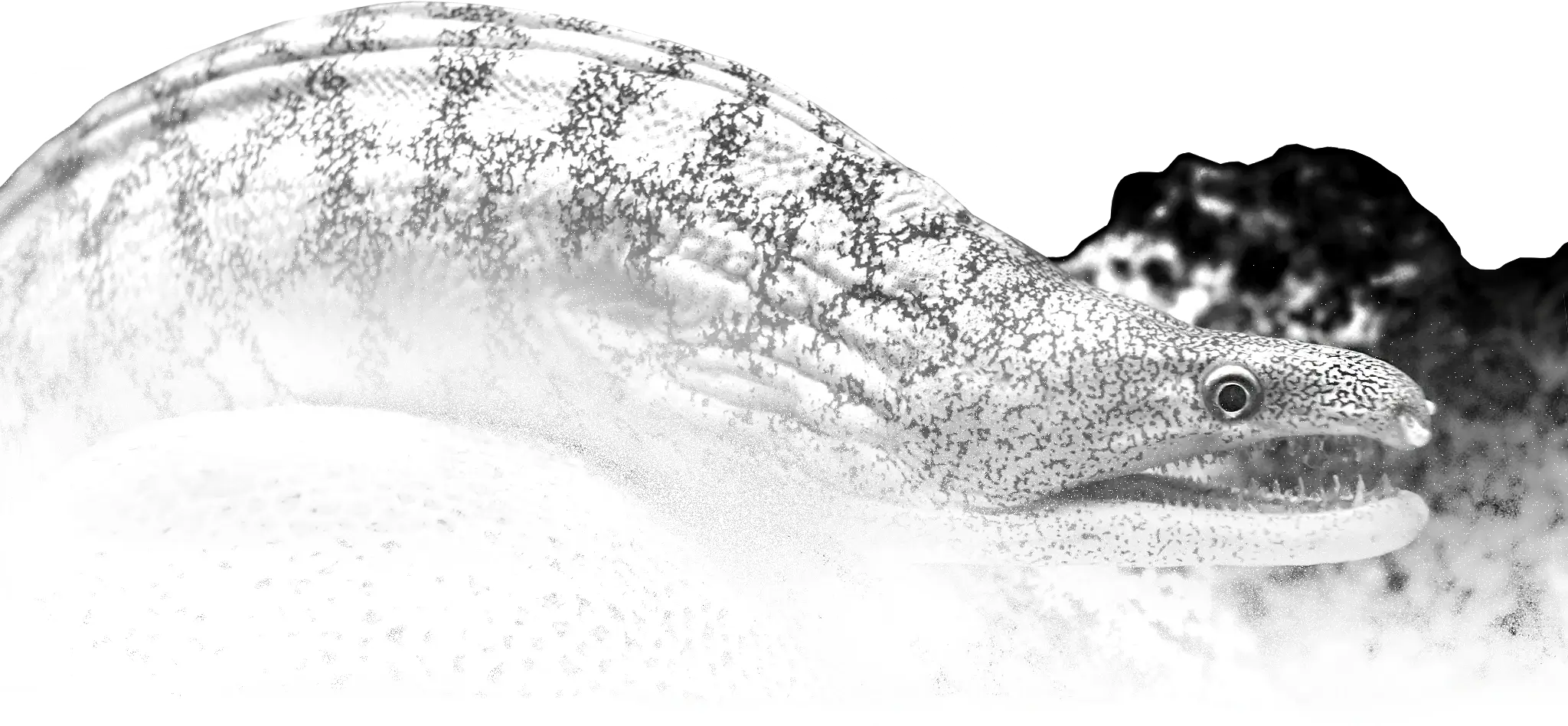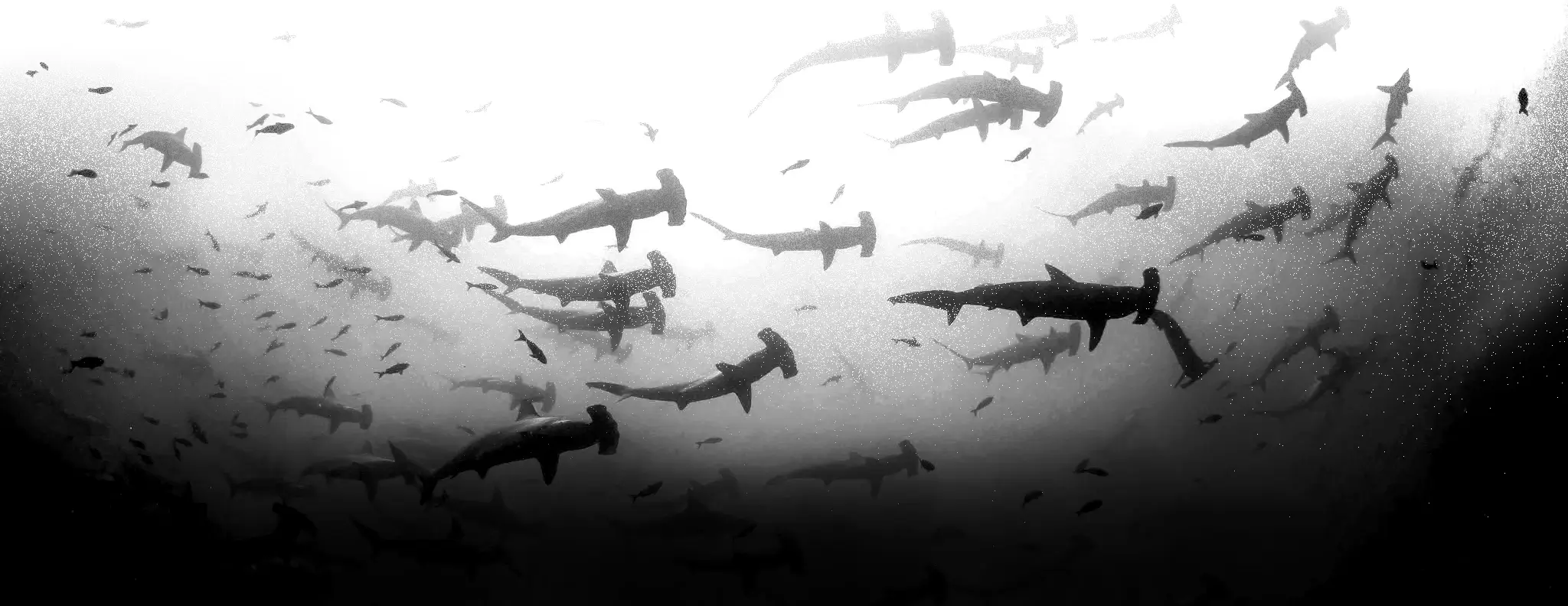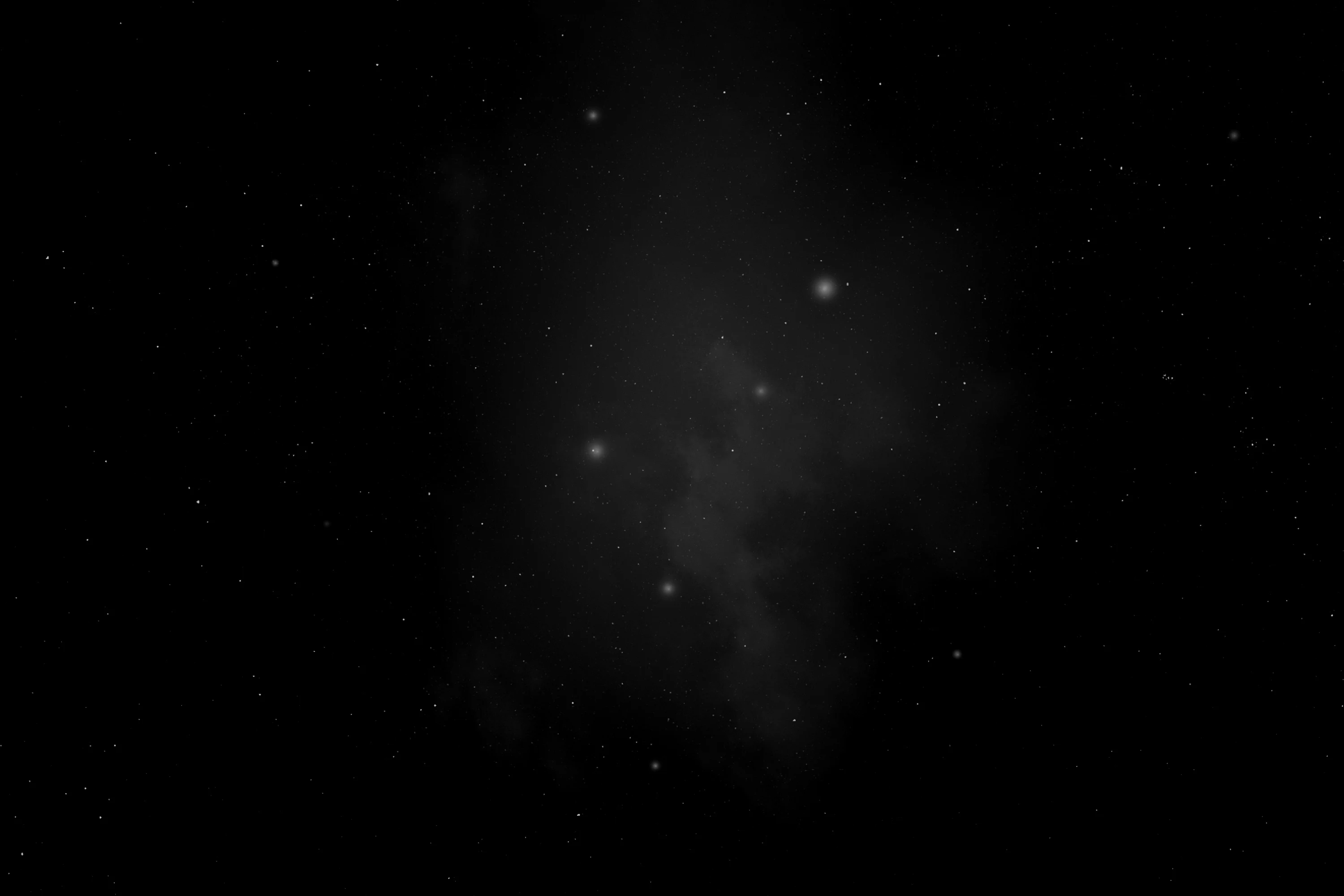
(Leptocardii)
Lancelets
Ланцетникоподібні
The lancelets consist of 32 described species of “fish-like” benthic filter feeding chordates in the subphylum Cephalochordata, class Leptocardii, and family Branchiostomatidae.
Adult amphioxus typically inhabit the seafloor, burrowing into well-ventilated substrates characterized by a soft texture and minimal organic content. While various species have been observed in different types of substrate, such as fine sand, coarse sand, and shell deposits, most exhibit a distinct preference for coarse sand with low levels of fine particles. For instance, Branchiostoma nigeriense along the west coast of Africa, Branchiostoma caribaeum in Mississippi Sound and along the coast from South Carolina to Georgia, B. senegalense in the Atlantic Ocean on the shelf region off North West Africa, and B. lanceolatum along the Mediterranean coast of southern France all demonstrate this preference. However, Branchiostoma floridae from Tampa Bay, Florida, appears to be an exception to this trend, favoring fine sand bottoms instead.
Reproduction and spawning
Lancelets are gonochoric animals, i.e. having two sexes, and they reproduce via external fertilization. They only reproduce during their spawning season, which varies slightly between species — usually corresponding to spring and summer months. All lancelets species spawn shortly after sunset, either synchronously (e.g. Branchiostoma floridae, about once every two weeks during spawning season) or asynchronously (Branchiostoma lanceolatum, gradual spawning through the season).
As stated above, all amphioxus species exhibit gonochorism, with only rare instances of hermaphroditism reported in Branchiostoma lanceolatum and B. belcheri. In these cases, a small number of female gonads were observed within male individuals, typically ranging from 2 to 5 gonads out of a total of 45–50. An extraordinary occurrence of complete sex reversal was documented in B. belcheri, where a female amphioxus raised in laboratory conditions underwent a transformation into a male.
Anatomy
The larvae are extremely asymmetrical, with the mouth and anus on the left side, and the gill slits on the right side. Organs associated with the pharynx are positioned either exclusively on the left or on the right side of the body. In addition, segmented muscle blocks and parts of the nervous system are asymmetrical. After metamorphosis the anatomy becomes more symmetrical, but some asymmetrical traits are still present also as adults, such as the nervous system and the location of the gonads which are found on the right side in Asymmetron and Epigonichthys (in Branchiostoma gonads develop on both sides of body).
Depending on the exact species involved, the maximum length of lancelets is typically 2.5 to 8 cm. Branchiostoma belcheri and B. lanceolatum are among the largest. Except for the size, the species are very similar in general appearance, differing mainly in the number of myotomes and the pigmentation of their larvae. They have a translucent, somewhat fish-like body, but without any paired fins or other limbs. A relatively poorly developed tail fin is present, so they are not especially good swimmers. While they do possess some cartilage material stiffening the gill slits, mouth, and tail, they have no true complex skeleton.
Nervous system and notochord
In common with vertebrates, lancelets have a hollow nerve cord running along the back, pharyngeal slits and a tail that runs past the anus. Also like vertebrates, the muscles are arranged in blocks called myomeres.
Unlike vertebrates, the dorsal nerve cord is not protected by bone but by a simpler notochord made up of a cylinder of cells that are closely packed in collagen fibers to form a toughened rod. The lancelet notochord, unlike the vertebrate spine, extends into the head. This gives the subphylum, Cephalochordata. The fine structure of the notochord and the cellular basis of its adult growth are best known for the Bahamas lancelet, Asymmetron lucayanum.
The nerve cord is only slightly larger in the head region than in the rest of the body, so that lancelets do not appear to possess a true brain. However, developmental gene expression and transmission electron microscopy indicate the presence of a diencephalic forebrain, a possible midbrain, and a hindbrain.
Visual system
Lancelets have four known kinds of light-sensing structures: Joseph cells, Hesse organs, an unpaired anterior eye and lamellar body, all of which utilize opsins as light receptors. All of these organs and structures are located in the neural tube, with the frontal eye at the front, followed by the lamellar body, the Joseph cells, and the Hesse organs.
Fluorescent proteins
Lancelets naturally express green fluorescent proteins (GFP) inside their oral tentacles and near the eye spot. Depending on the species, it can also be expressed in the tail and gonads, though this is only reported in the Asymmetron genus. Multiple fluorescent protein genes have been recorded in lancelet species throughout the world. Branchiostoma floridae alone has 16 GFP-encoding genes. However, the GFP produced by lancelets is more similar to GFP produced by copepods than jellyfish (Aequorea victoria).
It is suspected GFP plays multiple roles with lancelets such as attracting plankton towards their mouth. Considering that lancelets are filter feeders, the natural current would draw nearby plankton into the digestive tract. GFP is also expressed in larvae, signifying it may be used for photoprotection by converting higher energy blue light to less harmful green light.
Feeding and digestive system
Lancelets are passive filter feeders, spending most of the time half-buried in sand with only their frontal part protruding. They eat a wide variety of small planktonic organisms, such as bacteria, fungi, diatoms, and zooplankton, and they will also take detritus. Little is known about the diet of the lancelet larvae in the wild, but captive larvae of several species can be maintained on a diet of phytoplankton, although this apparently is not optimal for Asymmetron lucayanum.
Lancelets have oral cirri, thin tentacle-like strands that hang in front of the mouth and act as sensory devices and as a filter for the water passing into the body. Water passes from the mouth into the large pharynx, which is lined by numerous gill-slits. The ventral surface of the pharynx contains a groove called the endostyle, which, connected to a structure known as Hatschek’s pit, produces a film of mucus. Ciliary action pushes the mucus in a film over the surface of the gill slits, trapping suspended food particles as it does so. The mucus is collected in a second, dorsal groove, known as the epipharyngeal groove, and passed back to the rest of the digestive tract. Having passed through the gill slits, the water enters an atrium surrounding the pharynx, then exits the body via the atriopore.
Both adults and larvae exhibit a “cough” reflex to clear the mouth or throat of debris or items too large to swallow. In larvae the action is mediated by the pharyngeal muscles while in the adult animal it is accomplished by atrial contraction.
The remainder of the digestive system consists of a simple tube running from the pharynx to the anus. The hepatic caecum, a single blind-ending caecum, branches off from the underside of the gut, with a lining able to phagocytize the food particles, a feature not found in vertebrates. Although it performs many functions of a liver, it is not considered a true liver but a homolog of the vertebrate liver.
Other systems
Lancelets have no respiratory system, breathing solely through their skin, which consists of a simple epithelium. Despite the name, little if any respiration occurs in the “gill” slits, which are solely devoted to feeding. The circulatory system does resemble that of primitive fish in its general layout, but is much simpler, and does not include a heart. There are no blood cells, and no hemoglobin.
The excretory system consists of segmented “kidneys” containing protonephridia instead of nephrons, and quite unlike those of vertebrates. Also unlike vertebrates, there are numerous, segmented gonads.
Source: Wikipedia

